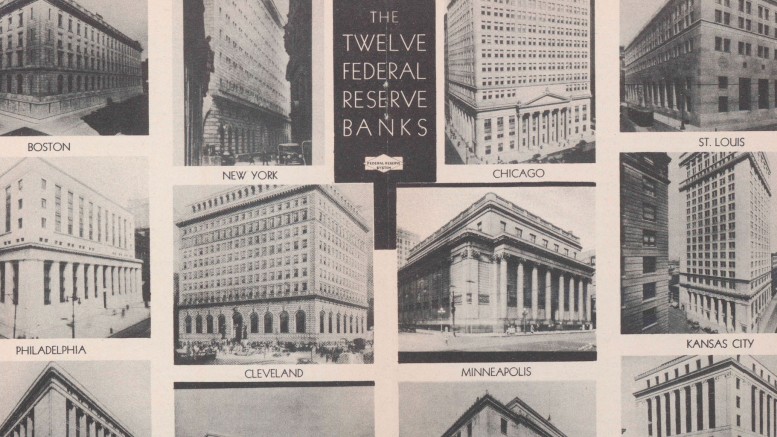Natixis AM | The Fed decided On Wednesday to increase its main rate by 25 bp. The US central bank had mentioned so many times this hike that it has to do it. But what will happen now?
Monetary policy in the current cycle is the main support for the private domestic demand in order to boost growth. This has always been the case but the current situation is specific for three reasons:
1 – The world trade momentum is not strong enough to create an impulse on growth. In the past, this momentum was strong and the impulse associated with it was important as it
2 – The low productivity momentum in the US has not allowed for a strong rebound after the last US recession. Therefore, the US growth pace is lower than before and its impact on the world economy is weaker
3 – Fiscal policies are neutral since 2014. This highlights the role of the private domestic demand in the current environment
The private domestic demand profile is not robust in the current business cycle. Therefore, in order to boost growth, central banks must create incentives for the private sector to spend now rather than later. In other words, the monetary policy stance must limit wealth transfers from the present to the future. That’s the main reason for low interest rates. Central banks fix the short term rate (fed funds in the US or refi in the EA) and are able to intervene on longer maturities. That’s the role of
What will change in 2017?
The US private domestic demand will be boosted by the large tax cuts that are
The more balanced policy mix will be more efficient.
In the recent past, the Fed’s strategy was twofold
1 – It wanted to regain margin in the management of its monetary policy. The current level was too low in case of a negative shock on the economy. The expected rate hike at today’s meeting reflects this point and not the absolute necessity to reduce pressures on the economy.
2 – Until now, the Fed’s analytical framework was based on the asymmetric impact of the monetary policy. Acting too rapidly was perceived as taking a risk on the growth momentum, acting too late was associated with higher inflation. The Fed thought, rightly, that it was better to act a little too late than a little too early. (see Lael Brainard)
With a proactive fiscal policy, the Fed’s margin will increase and it will be able to increase its rate with a different profile





